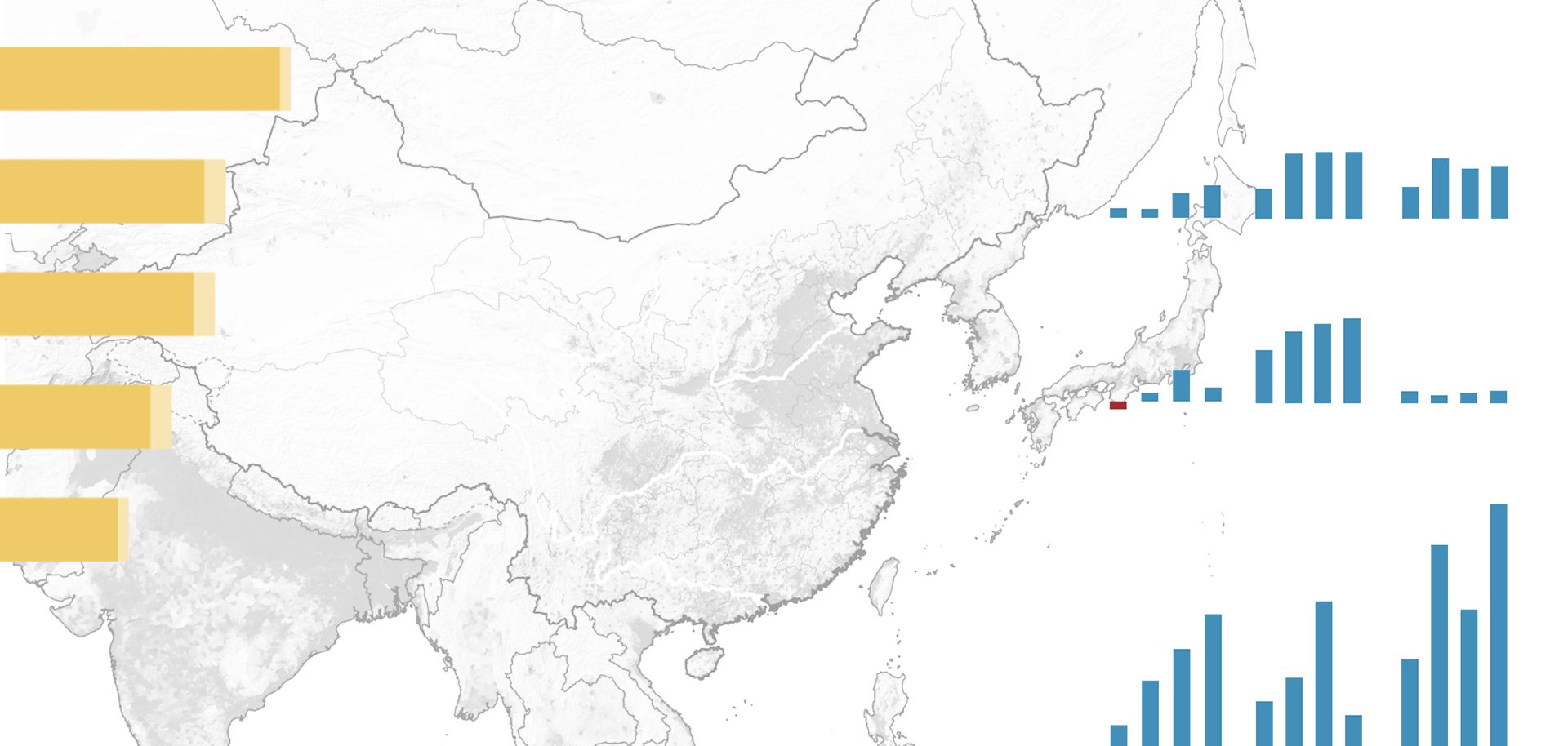
CH. Karnchang, one of the largest construction firms in Thailand, said Jan. 23 that work at the controversial $3.5 billion Xayaburi dam in Laos' northern province was already about 10 percent complete. To Vientiane, the Xayaburi project and the other hydroelectric dams planned along the Mekong River represent one of the most promising prospects for its economic future. With a population of 6.2 million and a per capita gross domestic product of $1,320, Laos remains one of the least developed countries in Asia. Nonetheless, Laos' mountainous geography and numerous rivers make it a potential generator of hydroelectric power; its total hydropower potential is estimated at around 18 gigawatts, of which 12.5 gigawatts could be generated by the Mekong Basin. Vientiane hopes to use this hydropower capacity to produce revenue and investment opportunities by supplying electricity to neighboring countries where demand for energy is growing, thereby transforming the landlocked nation into the "battery of Southeast Asia." In 2010, the government announced an ambitious plan to build 20 hydropower plants, including nine along the Mekong River, over the next 10 years, bringing its total hydropower capacity to 8 gigawatts from the current level of 2.5 gigawatts. However, even at the early stages, Laos' ambitions for hydropower dams encountered significant opposition due to concerns from downriver countries about the environmental impact of the Xayaburi dam. Vietnam and Cambodia, which rely on the Mekong Delta for more than half their total food sources, were concerned that the dam would disrupt fish migrations, block nutrients for farming and allow salt water to creep into the Mekong River Delta by slowing the river's flow.



